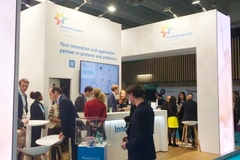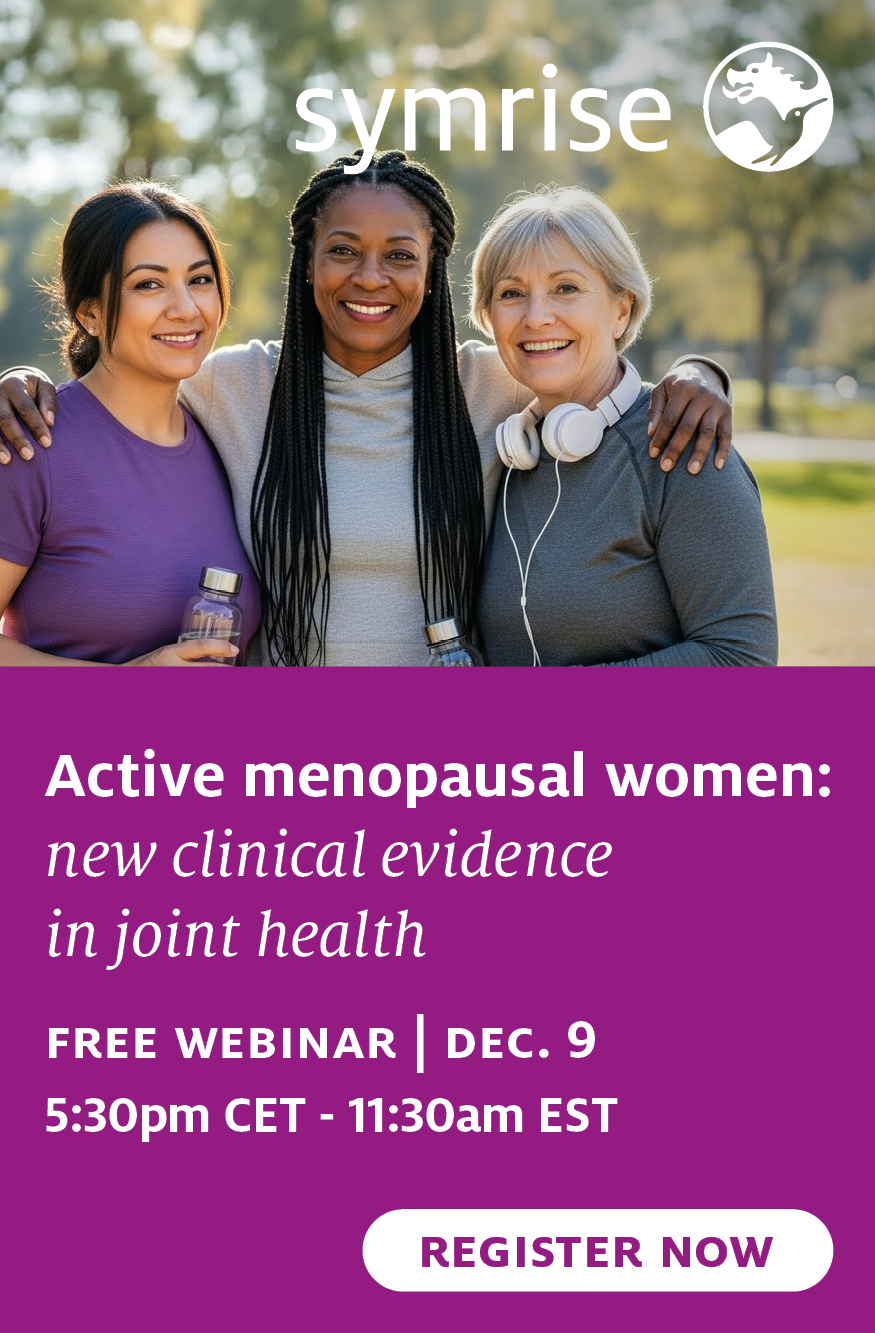Researchers discover new microbiome species in breast milk
25 Feb 2021 --- Breast milk may provide infant children with protection against toxins and pollutants, according to research that has uncovered a range of microbiome species never seen before in human milk.
The study authors suggest breastfeeding can function as a daily booster for metabolism and immunity, indicating that mothers should continue to breastfeed for at least the World Health Organization (WHO)-recommended period of six months.
Now published in Frontiers in Microbiology, the study was conducted in collaboration between McGill University, Canada, and the Center for Studies of Sensory Impairment, Aging and Metabolism (CeSSIAM) in Guatemala.
Collectively, these findings illustrate how studying under-represented human populations might advance our understanding of factors that modulate the human milk microbiome in low and middle-income countries (LMIC), say the study authors.

“Most human milk microbiome studies have been conducted with mothers from high-income countries, generating an incomplete picture of the important bacteria passed to infants during early development,” says co-author Kristine Koski.

Preparing the study
Seventy-six lactating mothers from eight different rural villages in Guatemala were invited to donate breast milk samples for analysis. Women from these regions were selected as they typically continue breastfeeding up to and past six months.
Individuals who had been treated with antibiotics were excluded. All mothers had given birth vaginally and were breastfeeding their infants.
Samples from participating mothers with infants either six days to 46 days old, or 109 to 184 days old postpartum were used to compare the milk microbiome during early and late lactation.
Breastfeeding practices were also compared, with three sets of groups categorized:
- Exclusive breastfeeding (only breast milk).
- Predominant breastfeeding (breast milk but also water and herbal teas).
- Mixed breastfeeding (breast milk, solid foods and tea).
Discovering new breast milk bacteria
The scientists analyzed breast milk samples using high-resolution imaging technology, originally developed to detect bacteria on the International Space Station.
After DNA extraction, the analysis showed different DNA concentrations and different bacterial species present in early and late lactation.  Only a quarter of US mothers currently follow WHO guidelines on breastfeeding.
Only a quarter of US mothers currently follow WHO guidelines on breastfeeding.
These differences included a general shift from Staphylococcus and Streptococcus species in early lactation to Sphingobium and Pseudomonas species in late lactation.
Species enriched in early lactation included putative commensal bacteria known to colonize an infant’s oral and intestinal tracts. In contrast, species enriched in late lactation had a uniform functional trait associated with aromatic compound degradation.
Differentially abundant species also included several species, which have not previously been reported within breast milk, such as Janthinobacterium agaricidamnosum, Novosphingobium clariflavum, Ottowia beijingensis and Flavobacterium cucumis.
Encouraging prolonged breastfeeding
The evidence of bacterial protection provided through breastfeeding has led the study authors to suggest more mothers should attempt to stick by the WHO-recommended breastfeeding guidelines for a minimum of six months.
Currently, the global average number of women reaching this target is only 41 percent. In North America, this falls to 26 percent.
The study also contributes toward showing the importance of future studies into breastmilk from women in lower income countries.
Edited
By Louis Gore-Langton













